Product description
Of course. “89m Truss-type Ferris wheel” is a precise engineering description. Here is a detailed breakdown of what this entails:
Overview and Significance
An 89-meter truss-type Ferris wheel is a large-scale observation wheel and a major capital project. The “truss-type” designation refers to its structural framework, which uses a lattice of triangular units made from steel beams. This design is exceptionally strong and efficient, allowing it to reach great heights while withstanding significant wind loads and dynamic forces.
Key Technical Specifications (Estimated)
-
Overall Height: 89 meters (approximately 292 feet)
-
Wheel Diameter: Typically around 85 meters, with the remaining height coming from the support structure and base.
-
Structure: High-strength steel truss framework. Total structural weight could range from 800 to 1,500 tonnes.
-
Passenger Capsules: Usually between 36 to 48 enclosed, climate-controlled capsules.
-
Passenger Capacity: Each capsule holds 6-10 people, allowing a total of 300 to 400+ passengers per full rotation.
-
Drive System: A distributed drive system with multiple powerful electric motors (often 4-8) located on the wheel’s circumference or at the hub for redundancy and smooth operation.
-
Rotation Speed: Very slow, typically 0.2 to 0.3 meters per second. One full revolution takes 20 to 30 minutes.
Design and Engineering Highlights
-
Structural Analysis: The design must account for:
-
Dead Load: The weight of the structure itself.
-
Live Load: The weight of passengers and capsules.
-
Wind Load: The primary lateral force, critically important for a structure of this height.
-
Seismic Load: Based on the local seismic zone.
-
Fatigue Analysis: Ensuring the steel and welds can withstand millions of loading cycles over its lifespan.
-
-
Foundation: Requires a massive reinforced concrete foundation (raft or piled) to anchor the structure and resist the immense overturning moment.
-
Installation Methods:
-
Full Tilt-Up Method: The entire wheel is assembled on the ground and lifted into place using one or more of the world’s largest cranes. This is faster but requires immense ground space and lifting capacity.
-
Piece-by-Piece (Top-Down) Method: The wheel is constructed in segments using a climbing crane or derrick system. This is more common in constrained sites but involves more complex高空作业.
-
Safety and Control Systems
-
Redundant Drives: Multiple independent motors ensure operation continues safely even if one fails.
-
Backup Power: An on-site diesel generator can power the wheel to complete a rotation and unload passengers during a mains power failure.
-
Emergency Brakes: Independent mechanical braking systems.
-
Advanced Control: A computerized control system (using PLCs) constantly monitors speed, position, motor torque, and wind speed, automatically slowing or stopping the wheel if conditions exceed safe limits.
-
Capsule Safety: Each capsule is equipped with secure locks, emergency communication, ventilation, and fire suppression equipment.
Commercial Applications
This type of wheel is not just an amusement ride; it’s a catalyst for economic development and a landmark project. Typical applications include:
-
Major City Skylines: As a centerpiece for waterfronts, new urban districts, or mixed-use developments.
-
Large Theme Parks: As a signature, high-capacity attraction.
-
Tourist Destinations: To boost tourism and create a iconic symbol for a region.
In summary, an 89m Truss-type Ferris wheel is a sophisticated fusion of civil, structural, and mechanical engineering. It serves as a powerful statement of modern engineering and a significant driver of tourism and urban identity.

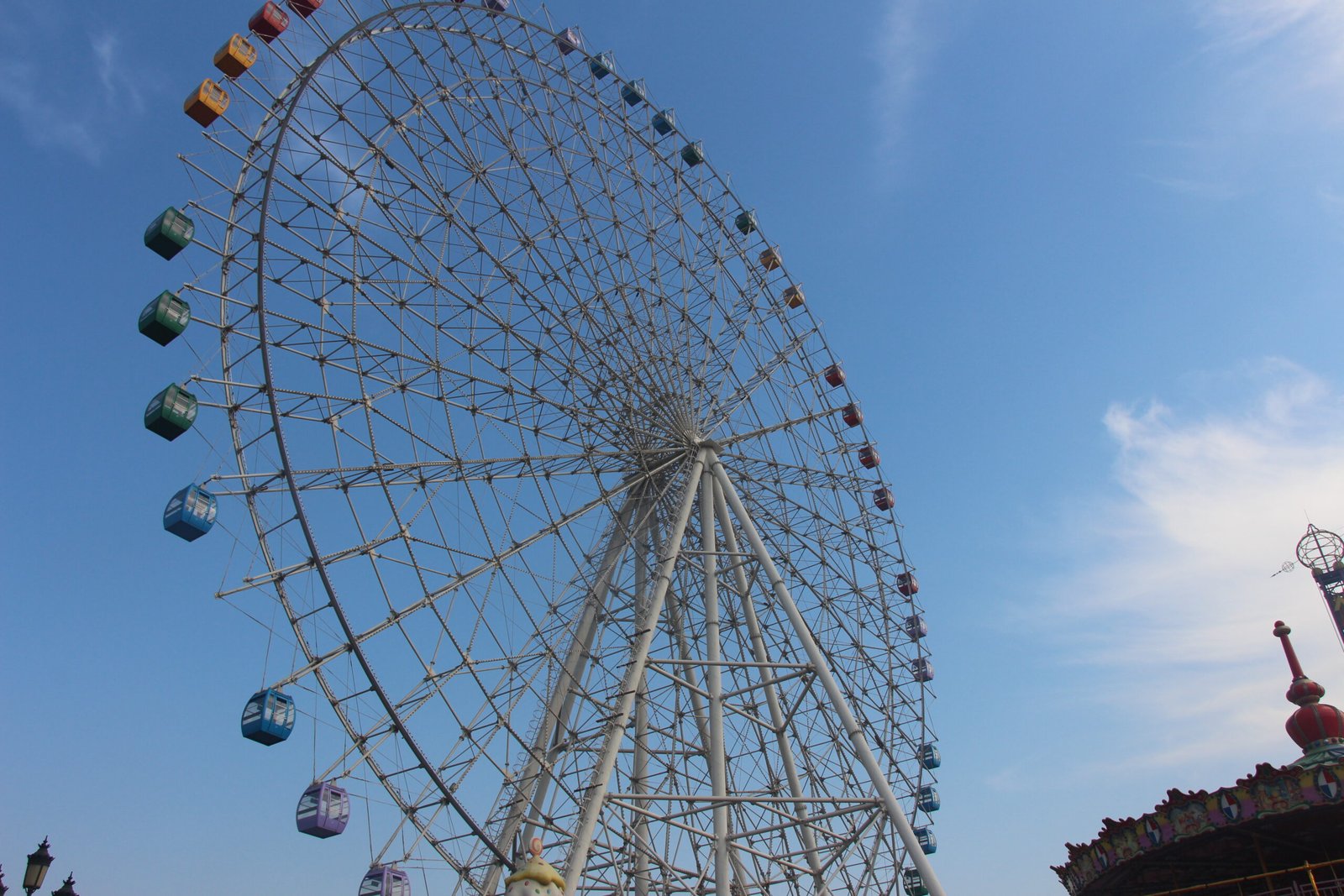
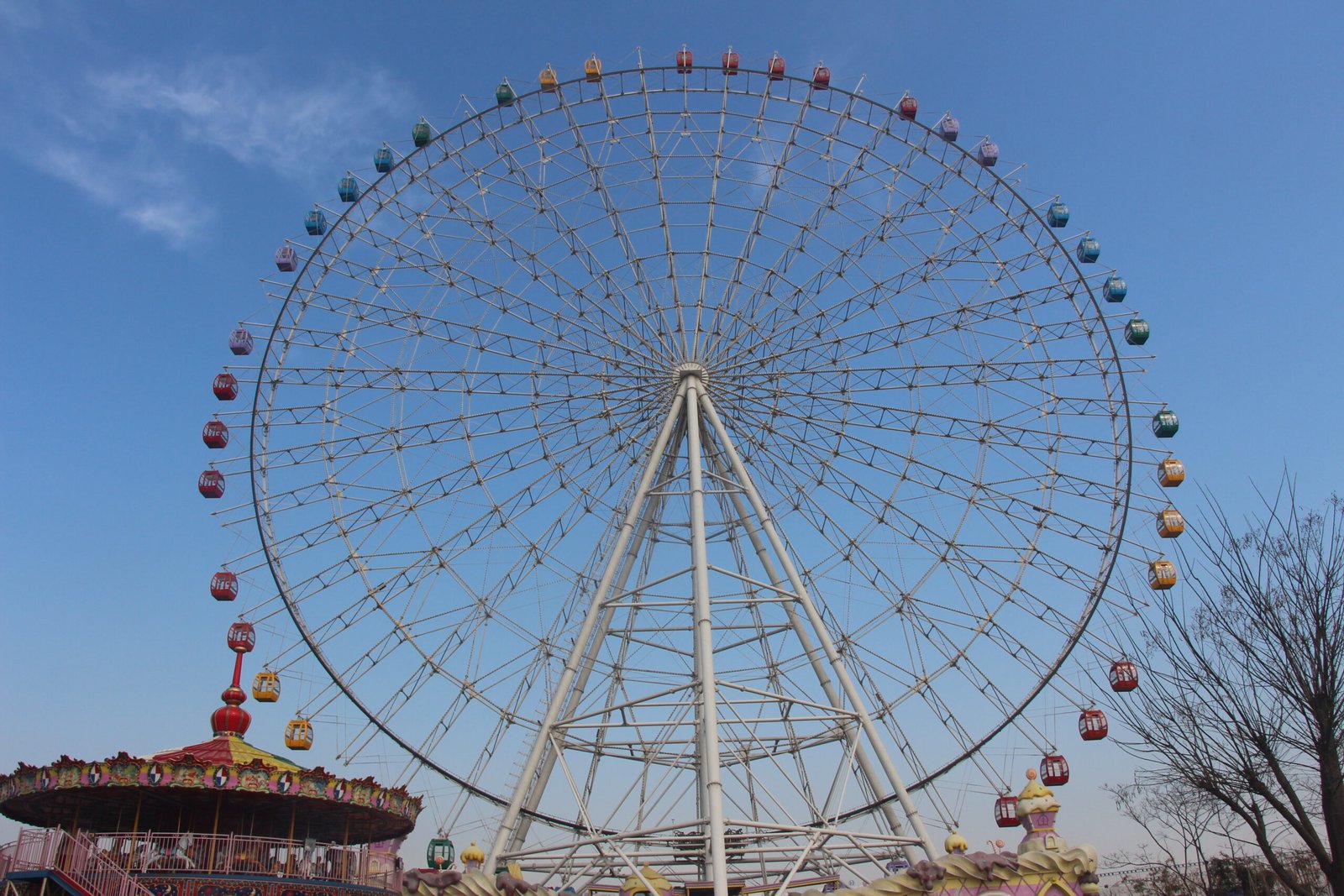

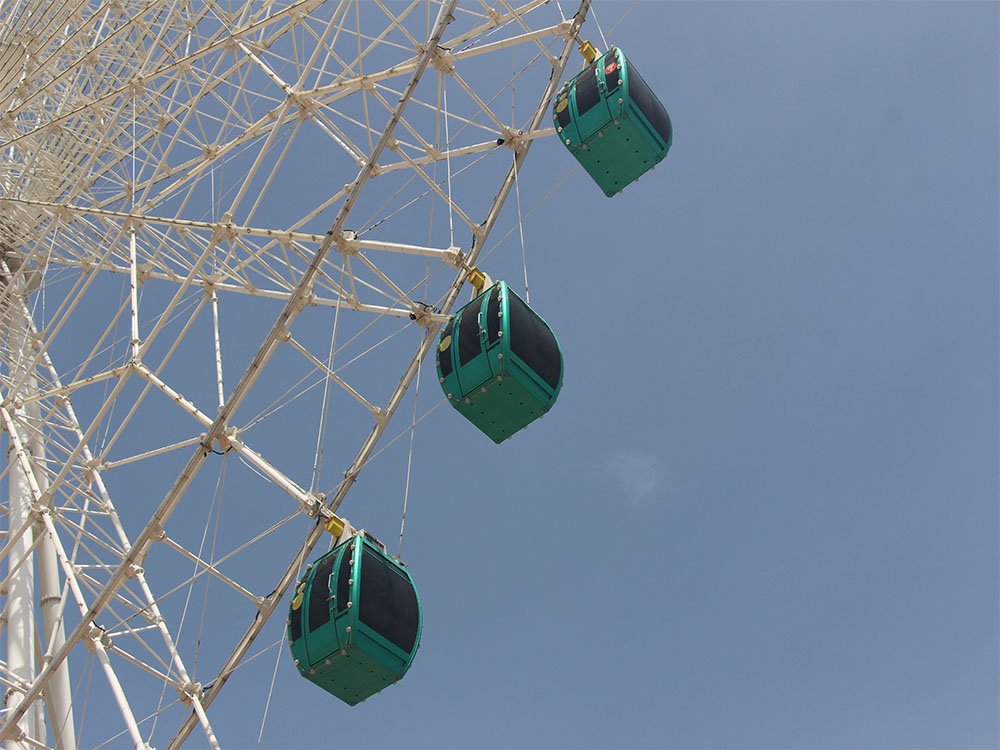
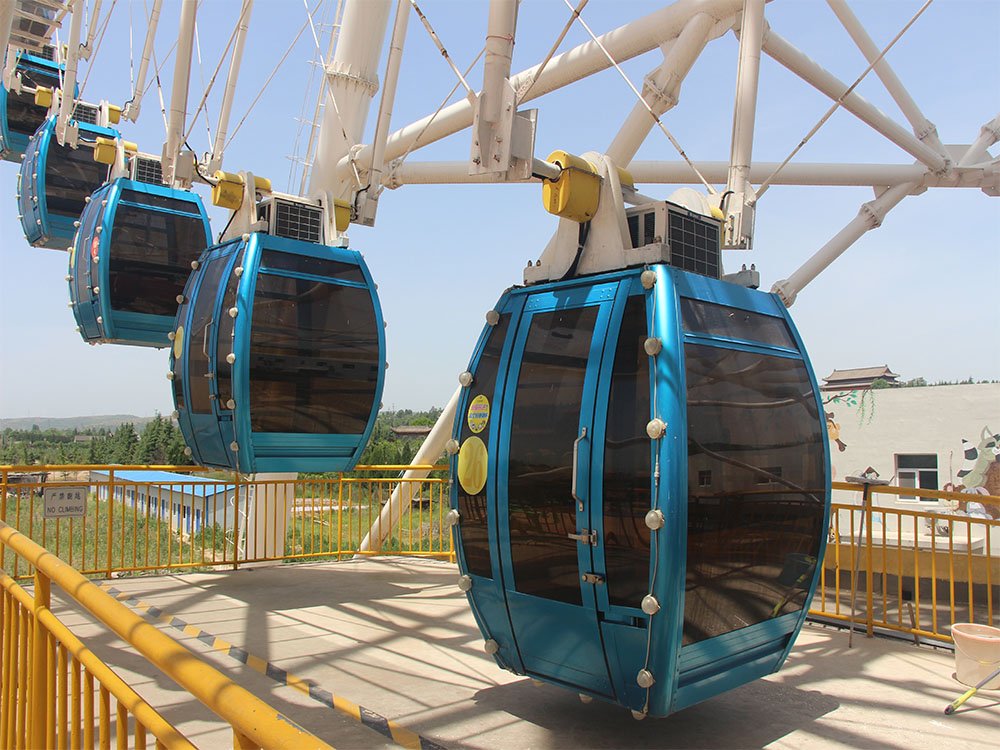
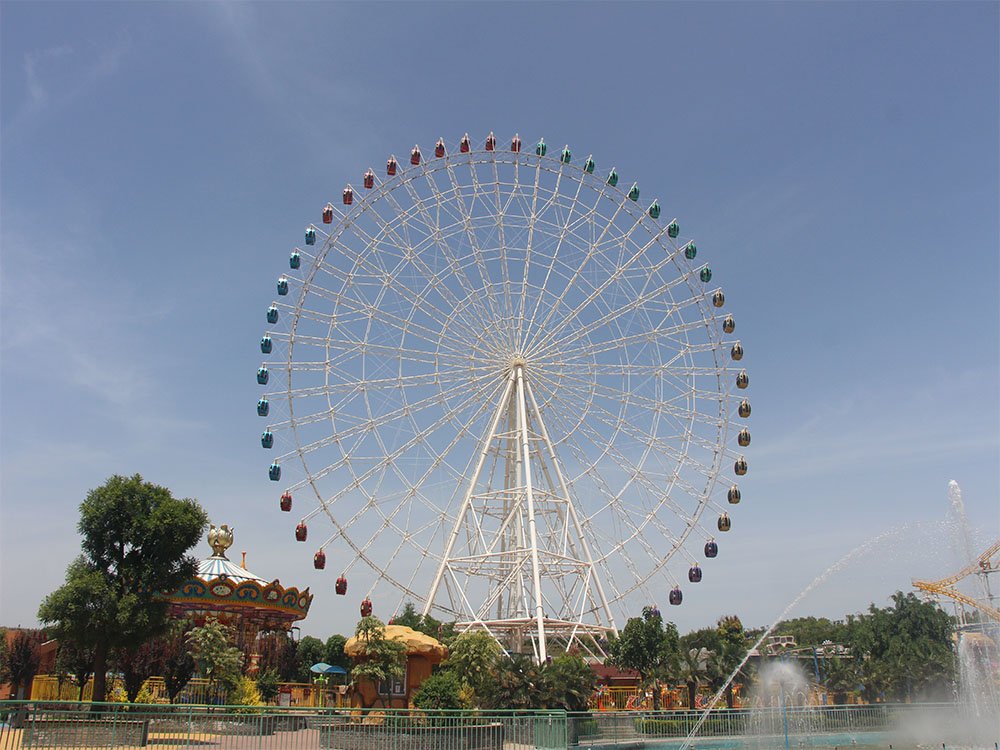
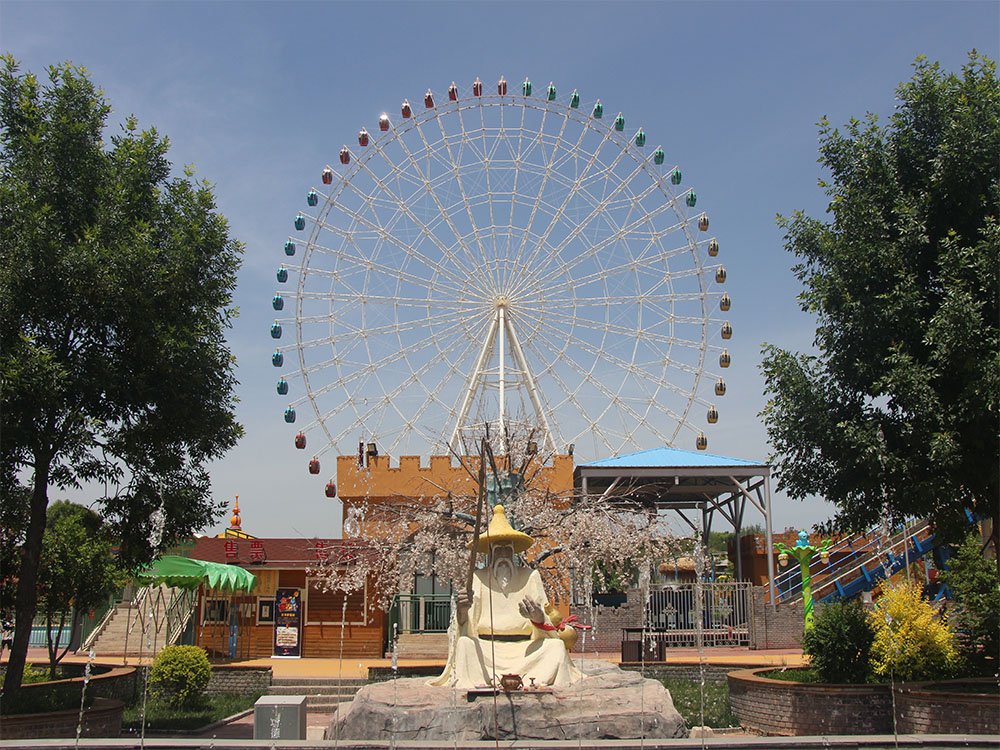
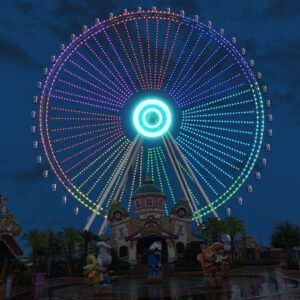
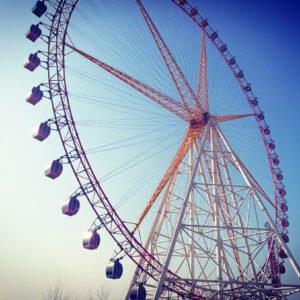
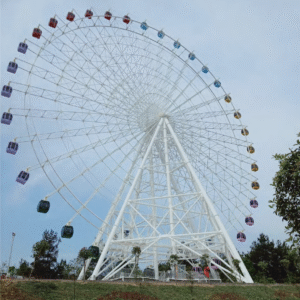
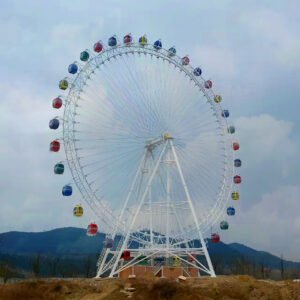
Reviews
There are no reviews yet.